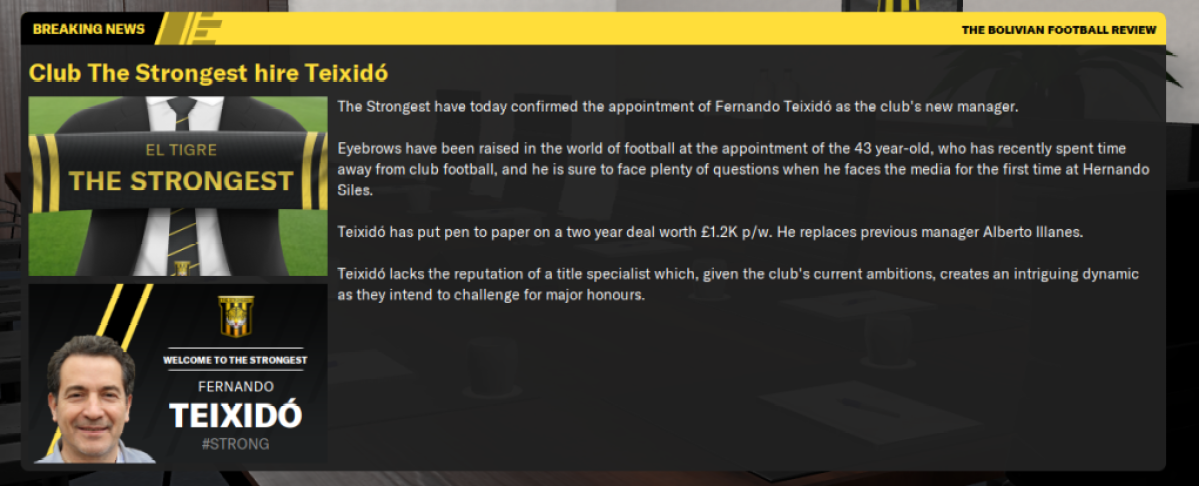This is post one of a wider series. A series for FM20.
Sometimes the magnitude of the iconic black and yellow Tigre shirt weighs too heavy on a player. Sometimes the fans’ expectations weigh too heavily on the coach.
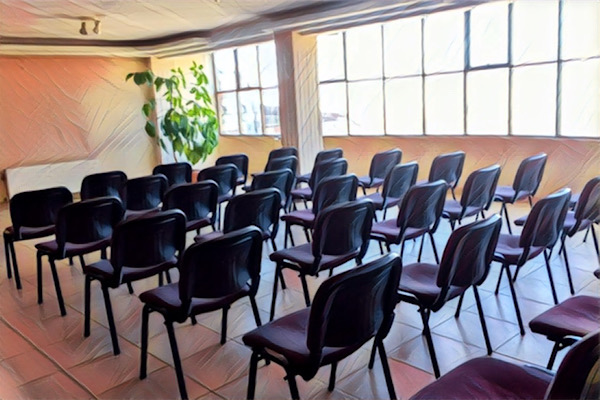
The press officer of Bolivia’s Club The Strongest takes a deep breath, nervously looking down at his notepad covered in scribbles.
He loudly clears his throat and shushes the congregation of reporters assembled in the media room at Estadio Hernando Siles.
The silence eventually fills the room more conscpicuously than the cacophony of voices did.
Mauricio Soria was dismissed as The Strongest manager just 48 hours or so ago. His third spell as manager of the La Paz club was ultimately short and unsuccessful, amid rumours of a split dressing room and training session in-fighting. Sometimes the magnitude of the iconic black and yellow Tigre shirt weighs too heavy on a player. Sometimes the fans’ expectations weigh too heavily on the coach. Speculation is rife about who his replacement could be.
The conference room door swings open and as camera shutters click and flash, numerous microphones and smartphones pop up in front of the black and yellow-draped table top, keen to capture Soria’s replacement in action. In walks a sharply dressed gentleman in a simple grey two piece suit. His hairline slightly receeding, the creases around his eyes almost giving a DeNiro-esque charm to his grin. He has the typical overweight frame of a man in his mid 40s, but his square shoulders and the assured confidence in his walk suggest a man of substance.
The man in question is Fernando Teixidó.
“Who?” you may be forgiven for asking.
As quickly as the less-informed journalists in the room can open up the Wikipedia app to research him, Teixidó beams a confident smile, adjusts his wristwatch, takes a sip of water and begins to answer some pointed questions.
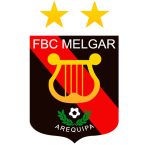
Born 4 June 1975 in Arequipa, Peru, football manager and former professional footballer Fernando Marcelo Teixidó played for Peruvian sides FBC Melgar and Sporting Cristal in a relatively unspectacular playing career between 1996 and 2005. An unfortunate knee injury from an innocuous tackle ended his career prematurely at 30 years of age.
Teixidó played as a defensive midfield enforcer, but was able to tidily carry the ball out of defence in a counter attacking system most notably deployed in the late part of the 1990s by then Melgar manager and Teixidó-mentor Freddy Ternero. It was this pivoting, counter-attacking habit that earned him his nickname, ‘La Palanca,’ or ‘the lever’ in English. Despite his relative competency on the pitch, his stock didn’t rise high enough outside of Peru for the rest of the footballing world to pay any attention.
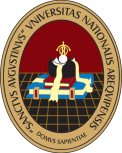
Upon hanging up his boots, the Peruvian showed no signs of wishing to put his feet up with them. Between meeting and marrying his Portuguese wife Andreia, and regularly visiting his elderly father, Carlos Alberto Teixidó, in his native Catalonia, Teixidó earned a degree in data science from the National University of Saint Augustine in 2009.
Teixidó then undertook some relatively minor roles at football clubs, most notably in a spell as a data analyst for former club Melgar, and briefly as a youth coach for Argentinian side Talleres de Córdoba, while undertaking his coaching qualifications.
The combination of Fernando Teixidó’s hard-tackling approach and intellectual leaning towards statistics will surely prove central to how he will perform in La Paz. Only time will tell, however.

Welcome to my new FM20 series! I am trying a new writing format that will hopefully make it a slightly different read from what you are used to seeing from me. The first half of posts will be narrative, like the manager unveiling and (fictional) Wiki article above; telling the story of Fernando Teixidó as he manages in Bolivia, as it unfolds.
The second half will be more FM-centric and ‘save update’-like. So you can read in a bit more detail than usual which tactics I employ, changes I make and the results on the pitch.
I liked the idea of using the contrasting approaches in the same post, so please let me know if you like the new format!
So what’s this series all about?
The Strongest play in the top division of Bolivian domestic football, the Liga de Fútbol Profesional Boliviano.
Formed in 1908, El Tigre play in the city of La Paz, famous for it’s hypoxia-inducing altitude, situated some 12,000 feet above sea level.
Away teams face a considerable challenge playing at Estadio Hernando Siles, as Argentina’s Lionel Messi and co can attest to. La Albiceleste lost 6-1 to Bolivia in the stadium during the qualification campaign of World Cup 2010. Some players even vomited on the pitch and required oxygen to continue playing. I wonder if or how this effect/advantage will be replicated in Football Manager.

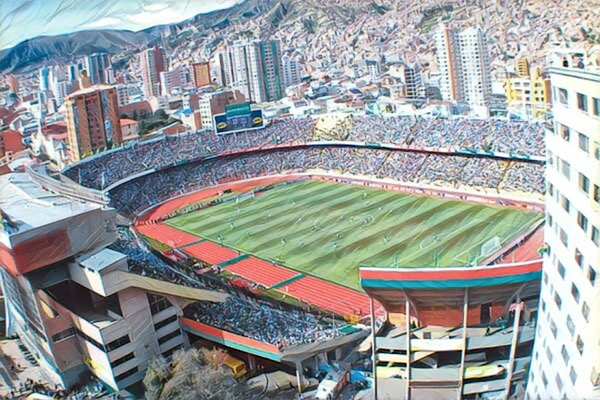
The 41,000 seater stadium is home not just to The Strongest, but also bitter city rivals Bolívar and a number of lower league teams from the surrounding area. As you’d expect, the Clásico Boliviano derby is a passionate affair.
The club’s history is punctuated by 1969’s Viloco tragedy, in which many beloved players and staff sadly died in a plane crash. Iconic club chairman Rafael Mendoza helped to rebuild the club then, and the great work he started continues today under the direction of club president María Quispe.
Continental success has been hard to come by for the 12-time Bolivian league champions, and that’s what Teixidó is here to try and change.
For now, I’ll leave this post here before it gets too long. In the next ‘episode’ though, we’ll have a look at Fernando Teixidó’s tactical plans, the current Club The Strongest playing squad, and the team’s performance in what will undoubtedly be a punishing pre-season schedule.
Until next time.
Thanks for reading.
FM Stag



